Have you ever walked into a café and immediately felt comfortable? Sitting in a cozy armchair in the corner, with soft jazz playing from the speakers, did you feel like you could stay there for hours? Did you wonder why you feel better in this particular café than in others? It’s very likely that all the positive feelings you experience in a specific place are the result of well-designed Visitor Experience.
While at first glance, a café and a museum might seem like two entirely different worlds, the principles of good design apply equally to both. Space, colors, lighting, and sound are factors that determine whether you feel good or bad in a place. Thoughtfully designed interactions with exhibits can encourage visitors to return more willingly. In this article, we aim to introduce the principles of good visitor experience design and suggest how to apply them in museum spaces.
Let’s think for a moment about places where we feel uncomfortable—offices, hospitals, and clinics. Beyond the fact that they are not associated with anything pleasant, the buildings they occupy are primarily designed with cost savings in mind. Limited budgets do not allow for a focus on the comfort of people who often spend a lot of time there. Lack of seating, green oil paint on the walls, white fluorescent lighting—all contribute to a poor experience in such spaces. No one cares about our comfort there because, let’s be honest, no one is concerned about it.
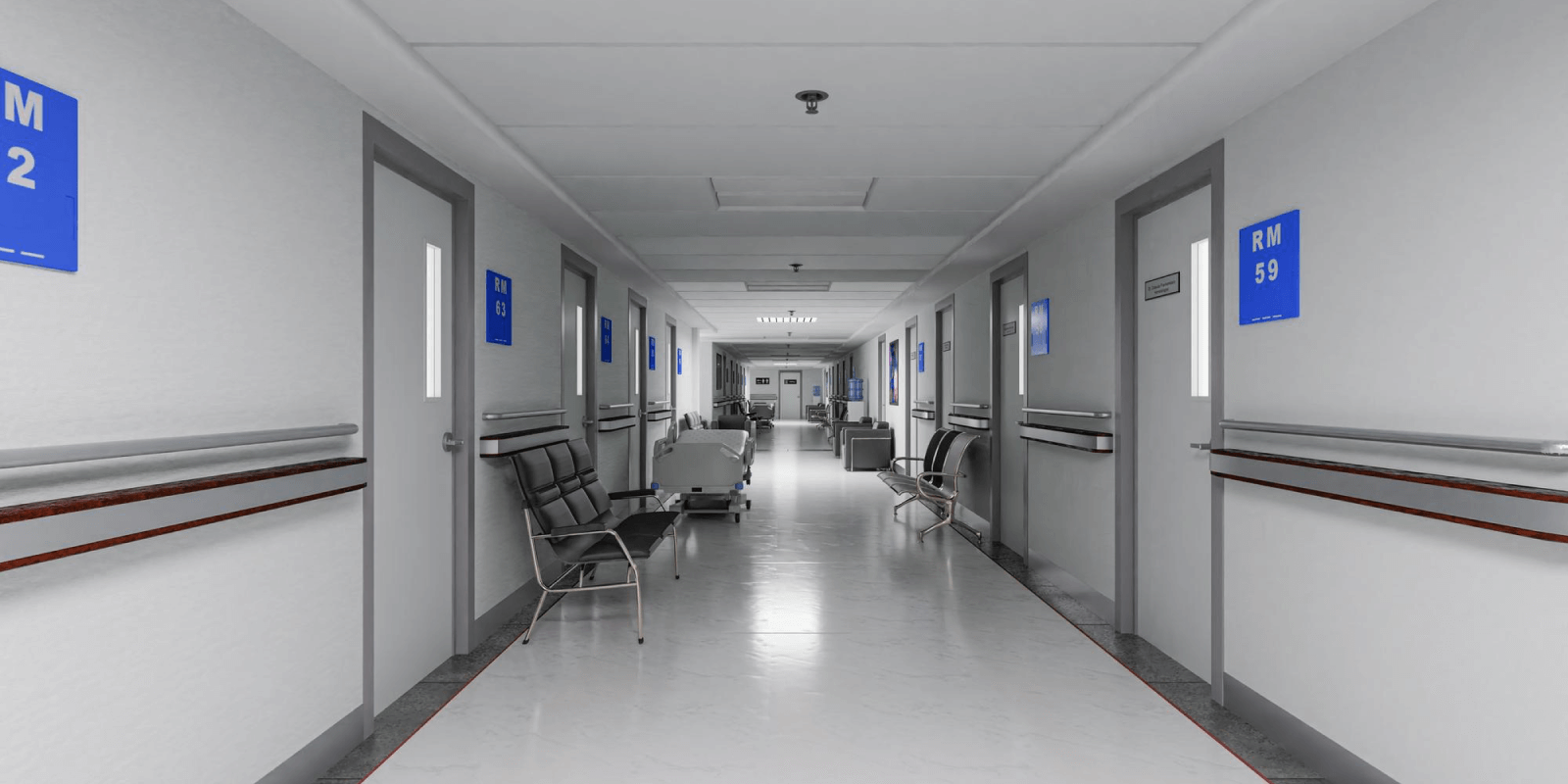
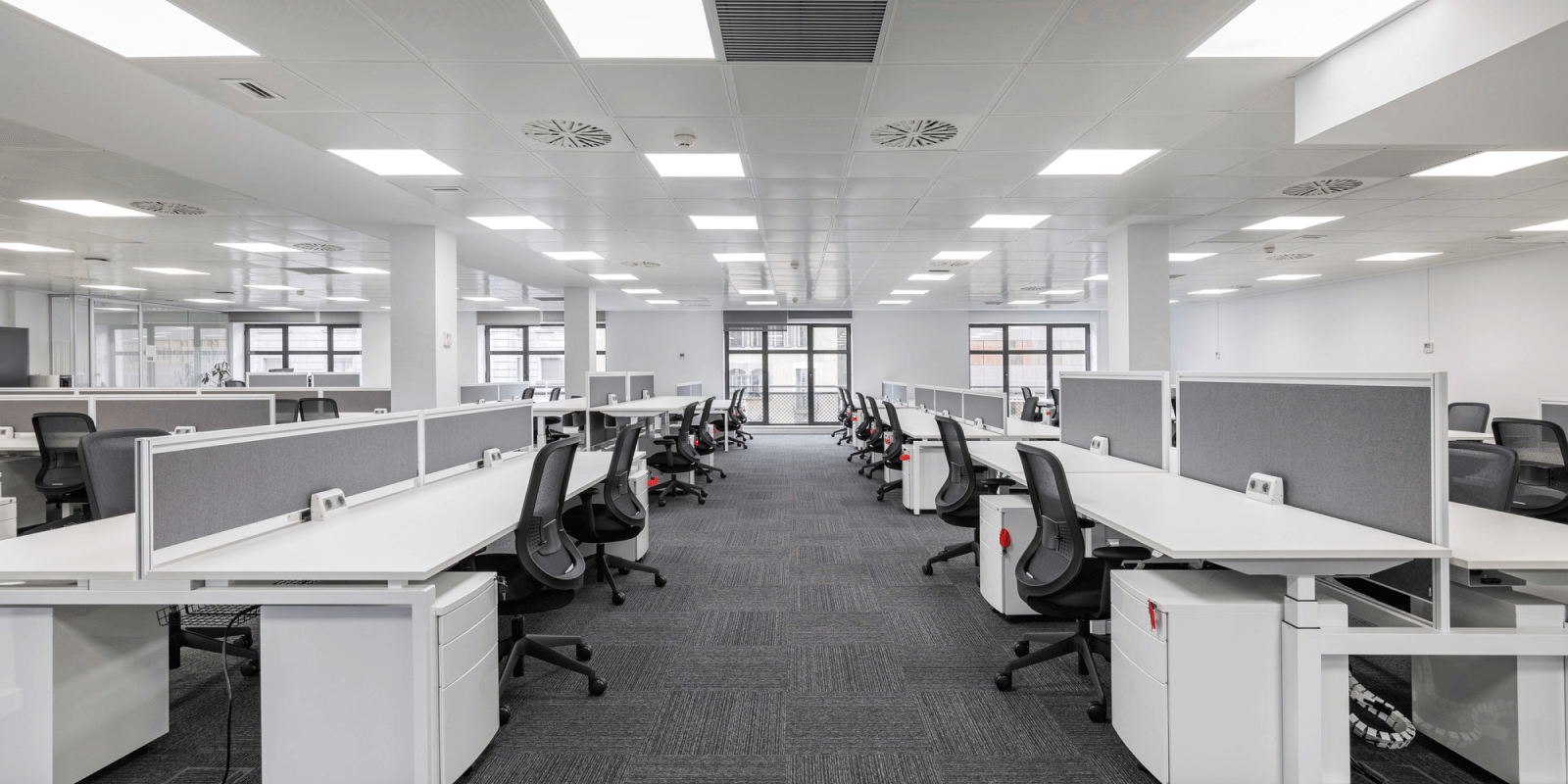
Poorly designed visitor experiences stem mainly from the inability to create a friendly atmosphere combined with a non-functional, unthoughtful, and often chaotic space. Just as overly loud music or sterile white tiles can deter us from dining in a subpar restaurant, an unwelcoming and confusing museum space can make us want to leave as quickly as possible.
A prime example of well-designed, visitor-friendly space is modern architecture, which, unlike the era of socialist realism with its concrete blocks or gated mini-estates from the early 21st century, once again places humans and their comfort at the center. Thoughtfully planned communication routes, clear signage, and aesthetically pleasing duty-free zones can make our stay at an airport during long journeys quite pleasant.
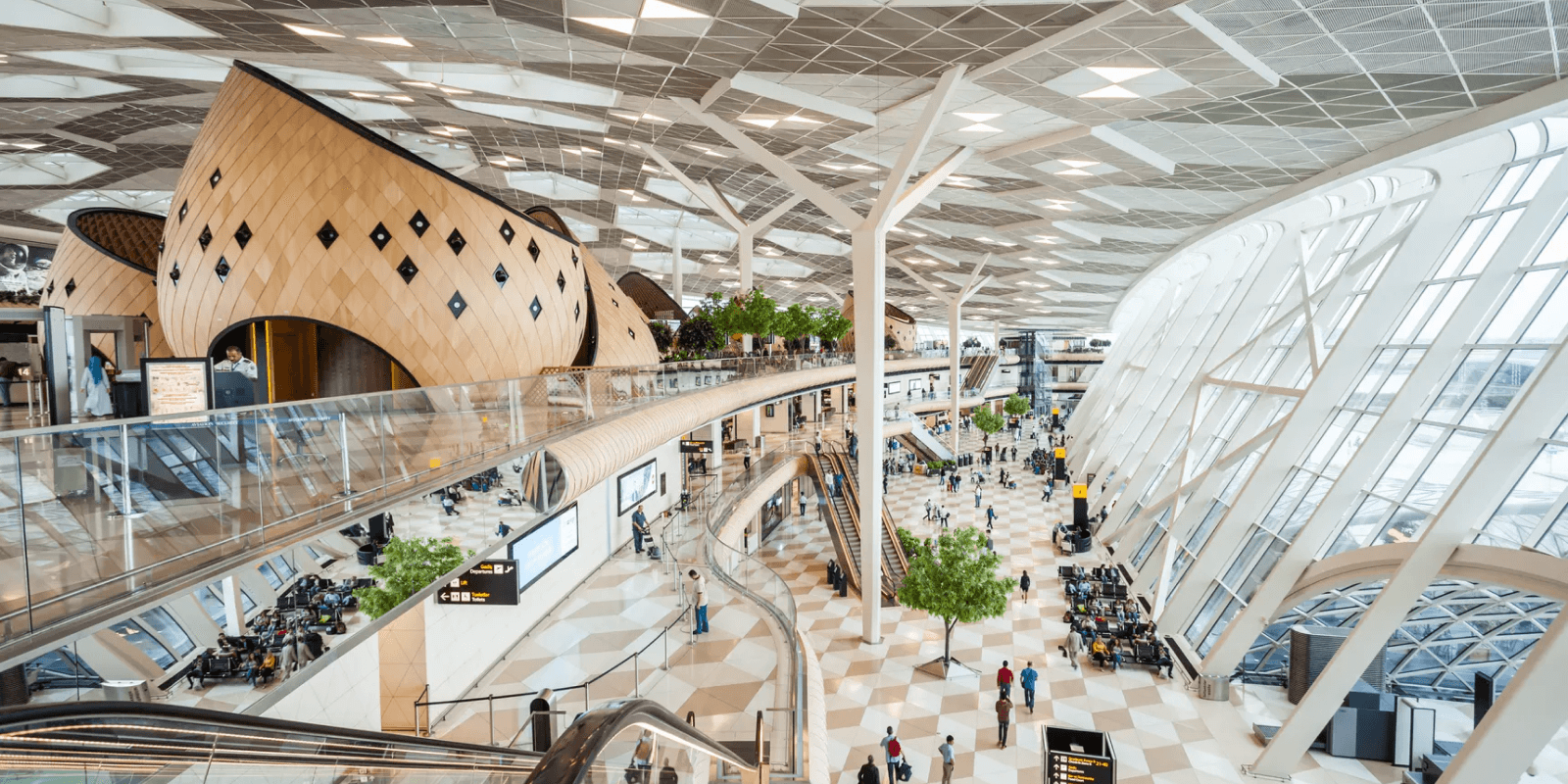
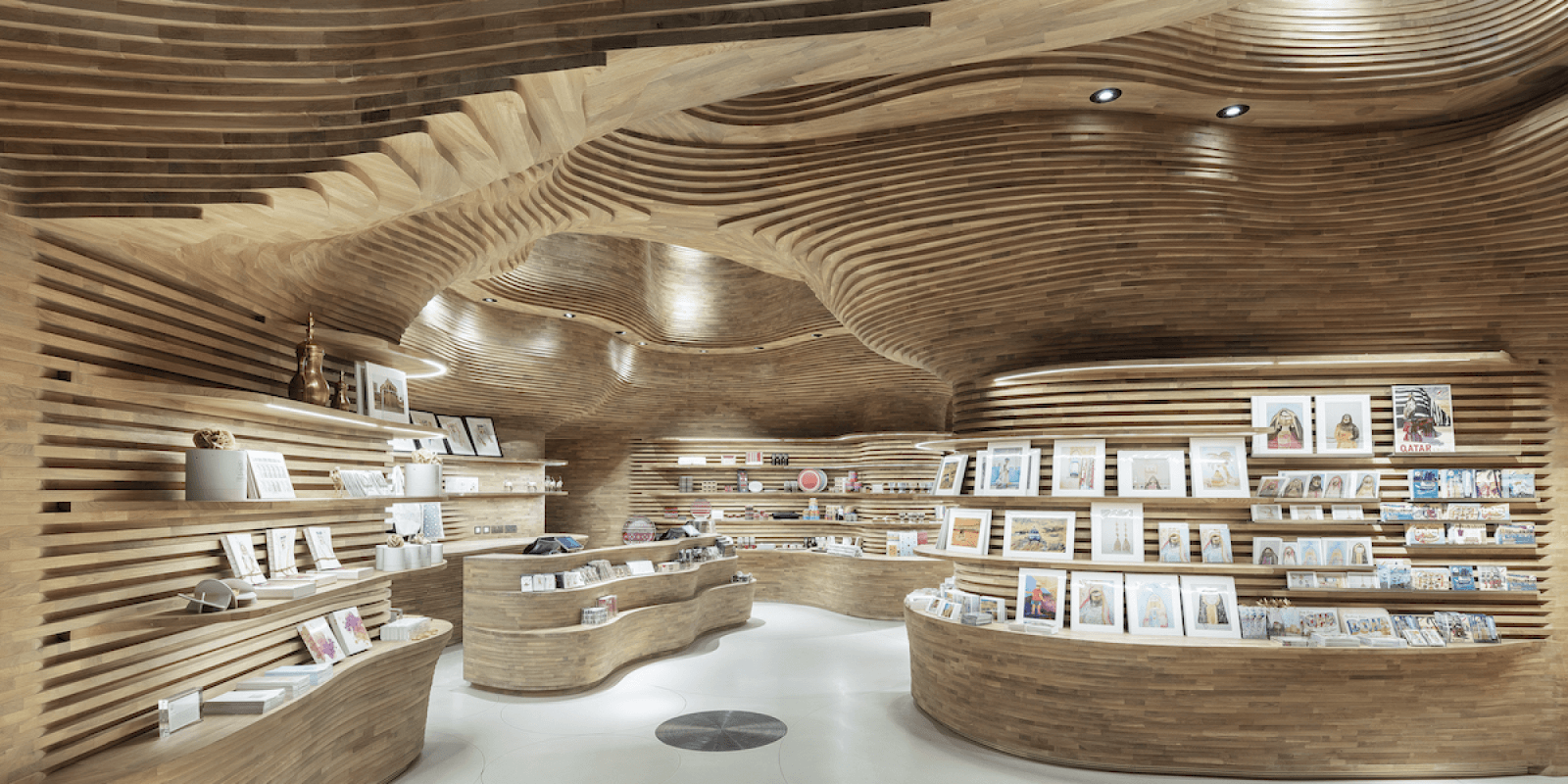
However, not only well-thought-out and friendly architecture but also the arrangement of space can positively influence our experiences and make us feel comfortable in a given place. Dimmed, warm lighting, natural materials like wood and stone, greenery, and appropriately selected furniture can create a pleasant atmosphere even in simple, seemingly unattractive interiors.
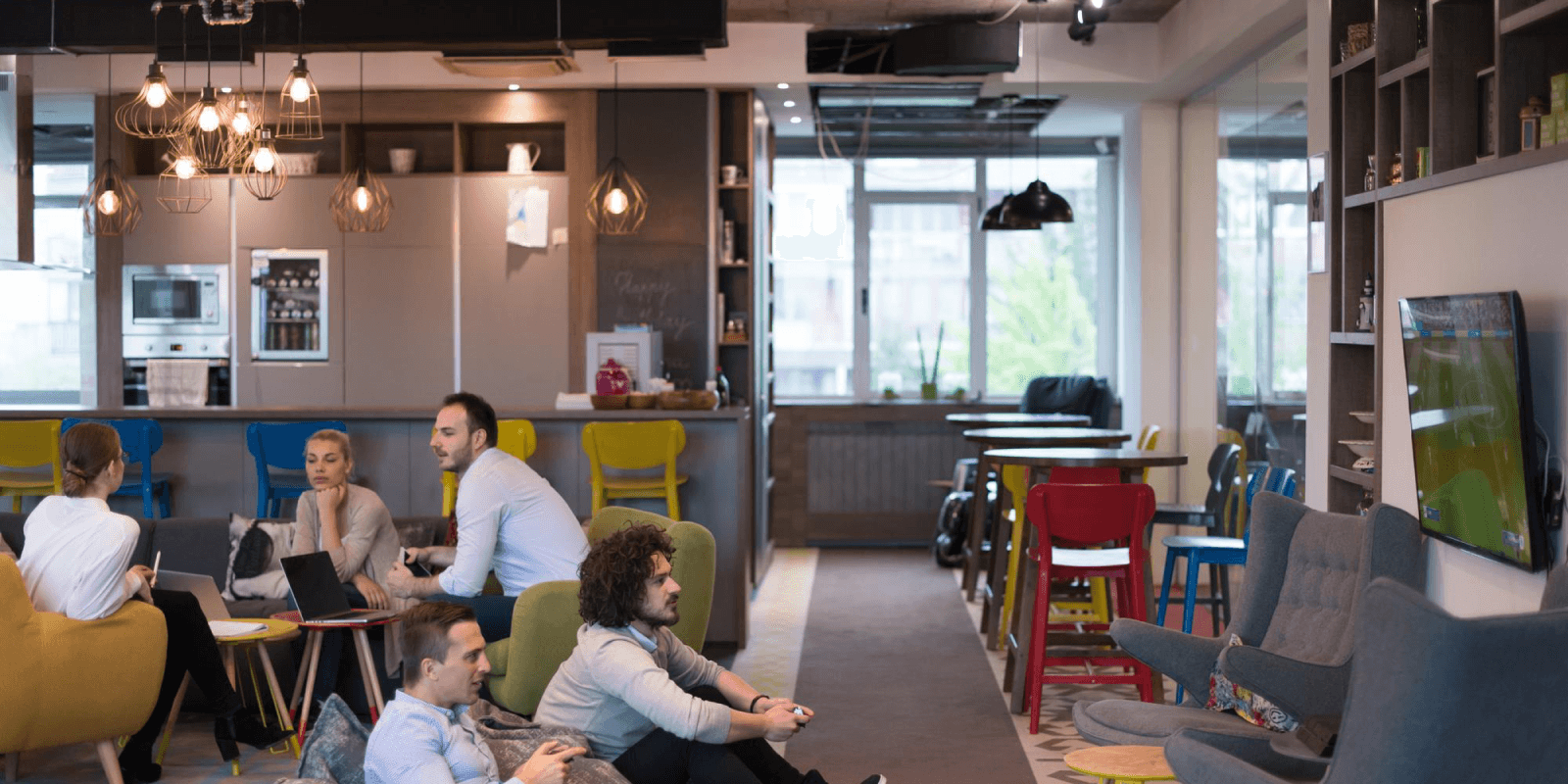

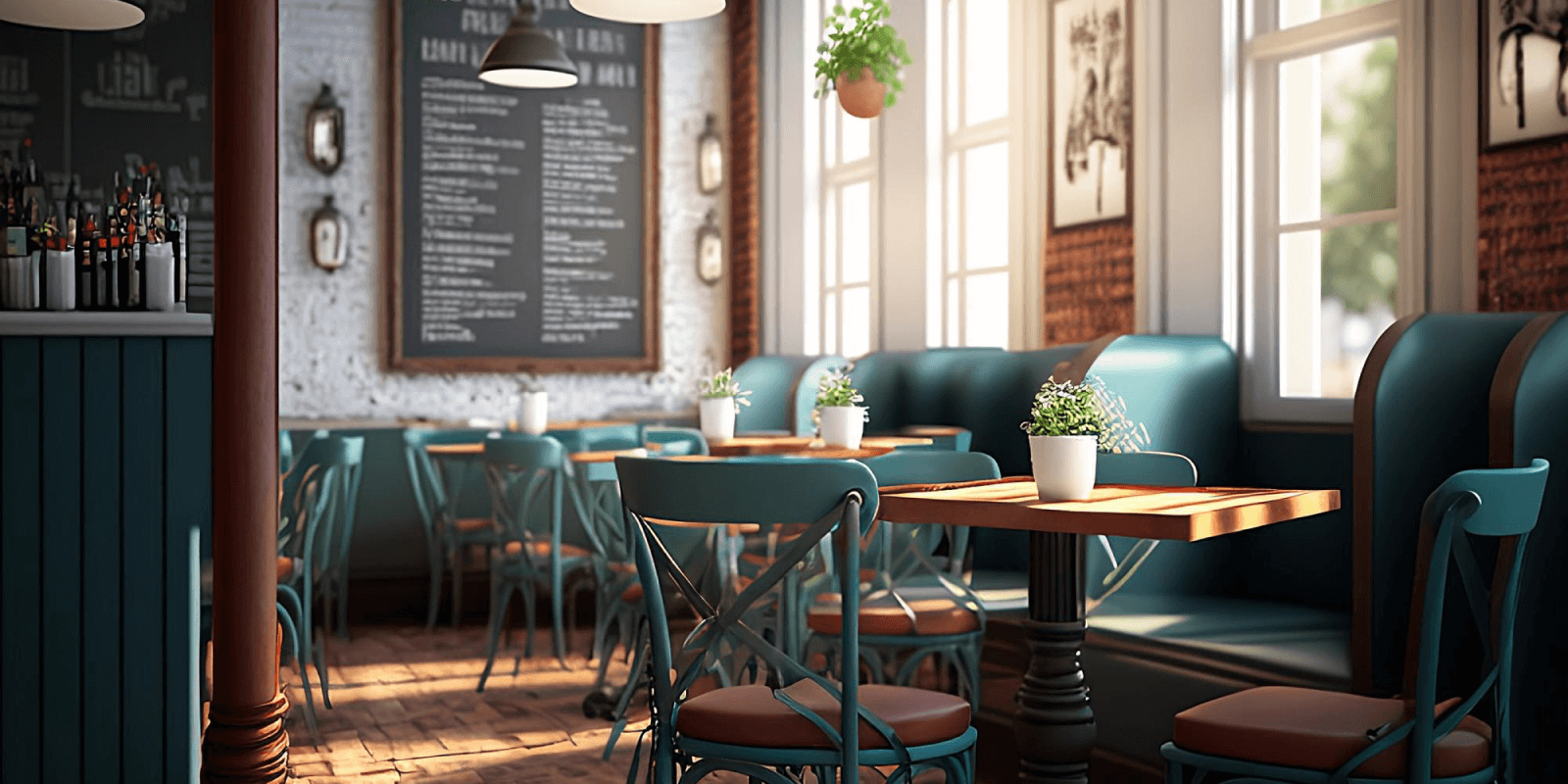
So, what do we mean by Visitor Experience? It is a set of design principles focused on communication between the environment and the visitor. Visitor Experience aims to quickly encourage visitors to interact with surrounding exhibits, engage in gamification elements hidden within the museum space, and actively absorb the knowledge we wish to impart to our guests.
The first principle is the thoughtful arrangement of space. A well-designed museum should have clear pathways, intuitive navigation, and appropriately placed rest areas. Visitors should feel comfortable and not overwhelmed by the number of exhibits. It’s essential to provide them with the opportunity to explore at their own pace, with spaces that allow for both contemplation and interaction.

To tackle this challenge, we need to take a more holistic approach to the visitor journey, extending beyond the exhibition itself. How do visitors enter the museum? What is the first thing they see upon arrival? Are the ticket booths and the start of the tour clearly marked? Do we effectively highlight gamification elements throughout the visit? Are exhibit descriptions engaging and interactive? Does the tour naturally lead visitors to the museum shop at the end? What does the designated rest area look like? Can a mother and daughter comfortably enjoy coffee and a pastry while the rest of the family finishes the tour?
All these seemingly small details, when carefully thought through and designed, contribute to making the entire museum visit a memorable experience. They also create a pleasant surprise with the well-organized and visitor-friendly museum space.

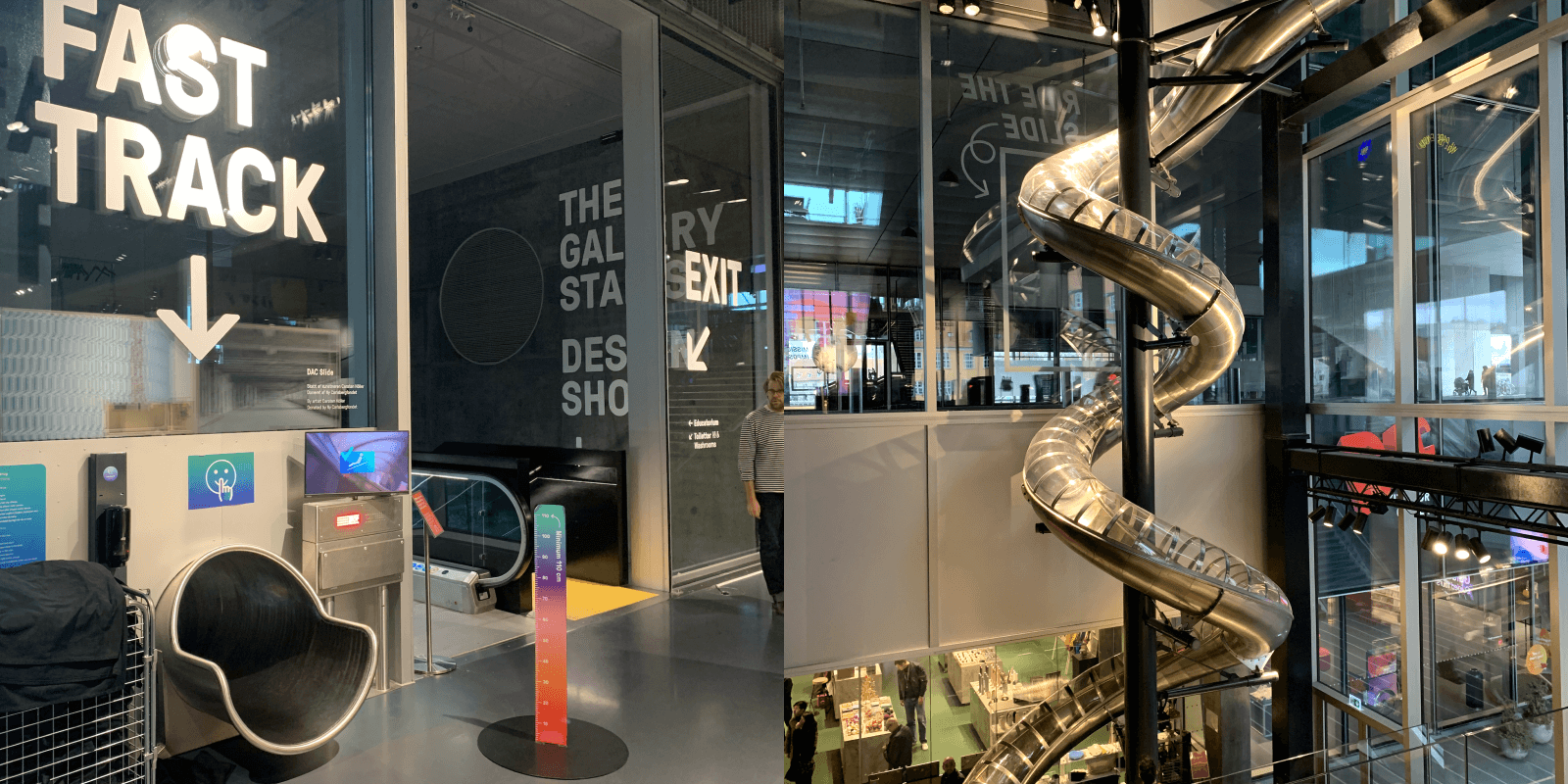
When designing a museum space, we must not forget that the exhibition itself remains the focal point of our visitors’ interest. So how can we better engage them with the content we want to share?
First and foremost, the interaction with the exhibition should be immersive and engaging. Instead of long descriptions on plastic plaques stuck to the walls, opt for a more visual and contextual narrative. Perhaps the arrangement of specific exhibits could help tell a compelling story? What if finding certain objects within the museum became part of a gamified experience?
If digital tools such as projectors or tablets are available, they can be used to enhance engagement around the exhibition. A tablet could encourage interaction through a mini-game about a particular artifact or display a short, captivating video explaining its historical use. A projector, on the other hand, could be used to “bring to life” Egyptian hieroglyphs or paintings, creating a dynamic and memorable experience for visitors.
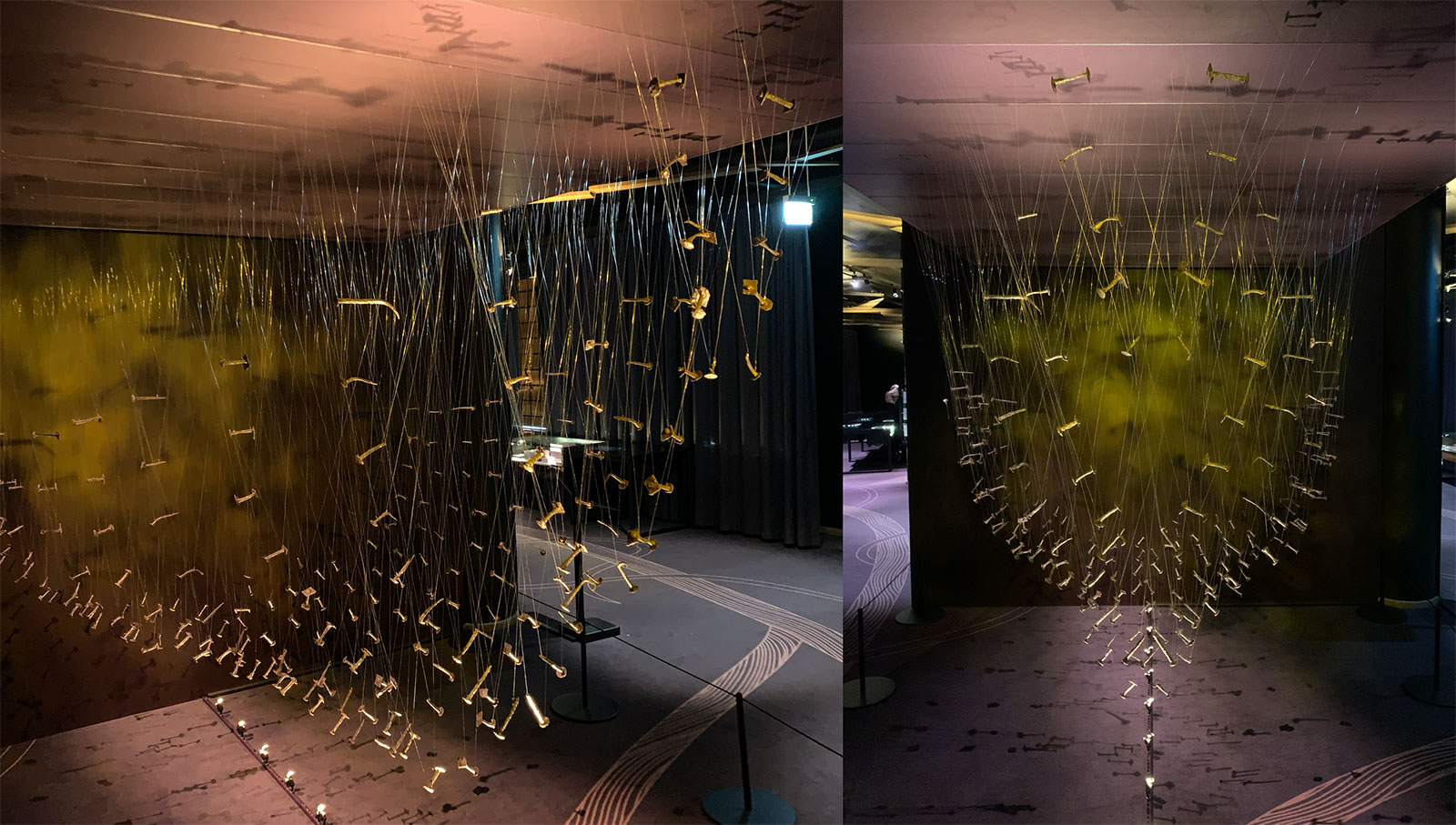

A key element in creating a truly engaging Visitor Experience is multisensory design. The more senses are stimulated, the greater the chance that a museum visit will not only be memorable but will also create a viral effect—something beyond just an exhibition, an experience visitors will eagerly recommend to others.
So, what is a multisensory exhibition? In short, a multisensory exhibition engages not only sight but also hearing, smell, and touch. Designing such an experience requires extra effort, but the results are worth it.
Importantly, incorporating multisensory elements doesn’t have to be expensive. Imagine a forest-themed exhibition where, alongside photographs and artifacts, a subtle scent of rain-soaked trees and moss fills the space (dispersed periodically by hidden scent diffusers), while a soft forest ambience plays from discreet wireless speakers. Add simple lighting effects—such as color changes or accentuated illumination on selected exhibits—and suddenly, the exhibition transforms into a deeply immersive experience that captivates visitors on multiple levels.
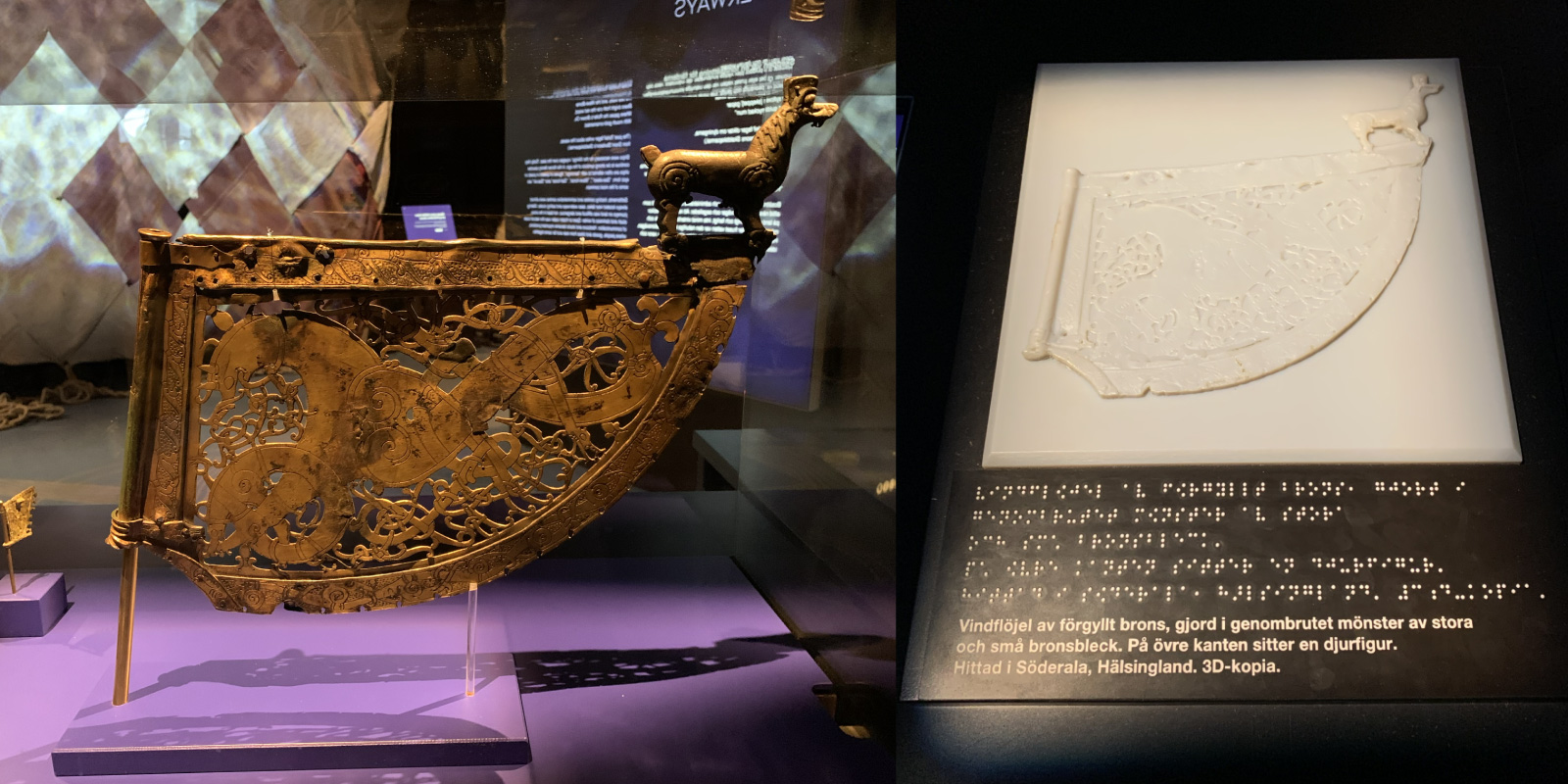

The final, but equally crucial, principle of a great Visitor Experience is knowing your audience. Understanding who you want to attract and who is actually visiting your museum allows you to refine your program and choose the right tools to engage visitors more effectively.
There are several ways to gather insights about your audience. The simplest method is conducting on-site surveys during museum visits. These can help identify visitor demographics, motivations for visiting, and opinions on the museum’s offerings. However, it’s important to remember that this group represents only those who have already made the decision to visit. They are just a segment of a much larger potential audience.
But how do you reach people who have never visited your museum? And more importantly, how do you find out what would encourage them to explore your offerings?

The best way to answer this question is through focus group research conducted with a representative sample of potential visitors. Expert-led in-depth interviews provide valuable insights into their needs and interests while allowing you to test concrete ideas—ranging from the effectiveness of promotional materials and marketing language to identifying areas where your institution could improve.
The main downside of this approach is cost. Conducting such research requires hiring professional researchers, compensating participants, and dedicating time to analyzing the findings and developing actionable recommendations. However, the outcome is a highly specific roadmap for engaging new audiences, helping you make well-informed decisions about expanding and refining your museum’s offerings.

A compelling alternative to focus groups and in-depth interviews can be museum-related workshops organized directly by the institution. By offering hands-on activities, technology-based experiences, or outdoor events, museums can attract a broader audience—including those who may not be interested in visiting an exhibition but are eager to explore related topics, acquire new skills, or simply spend their free time in an engaging way.
These participants also provide valuable insights into how they perceive the museum’s offerings. Their feedback can highlight areas for improvement, helping the institution refine its approach and create more appealing experiences that encourage future visits.
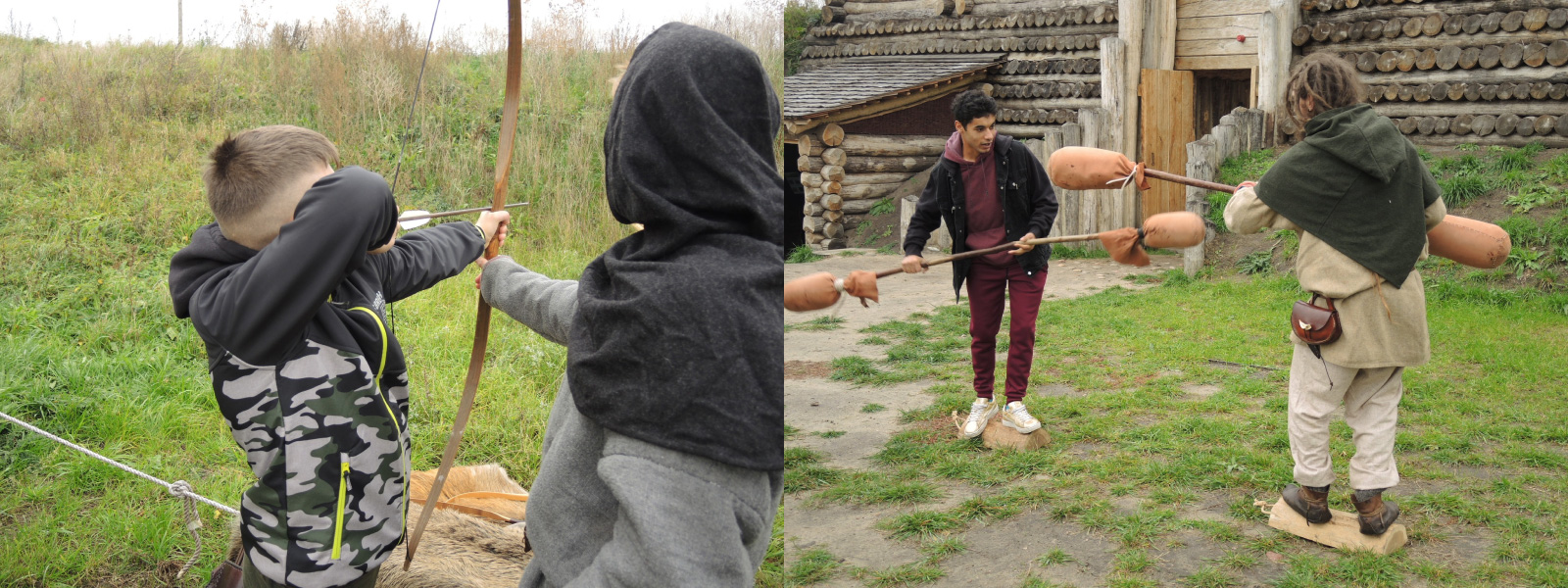


Twoja wiadomość została wysłana.
Odpowiemy na nią tak szybko jak to możliwe!